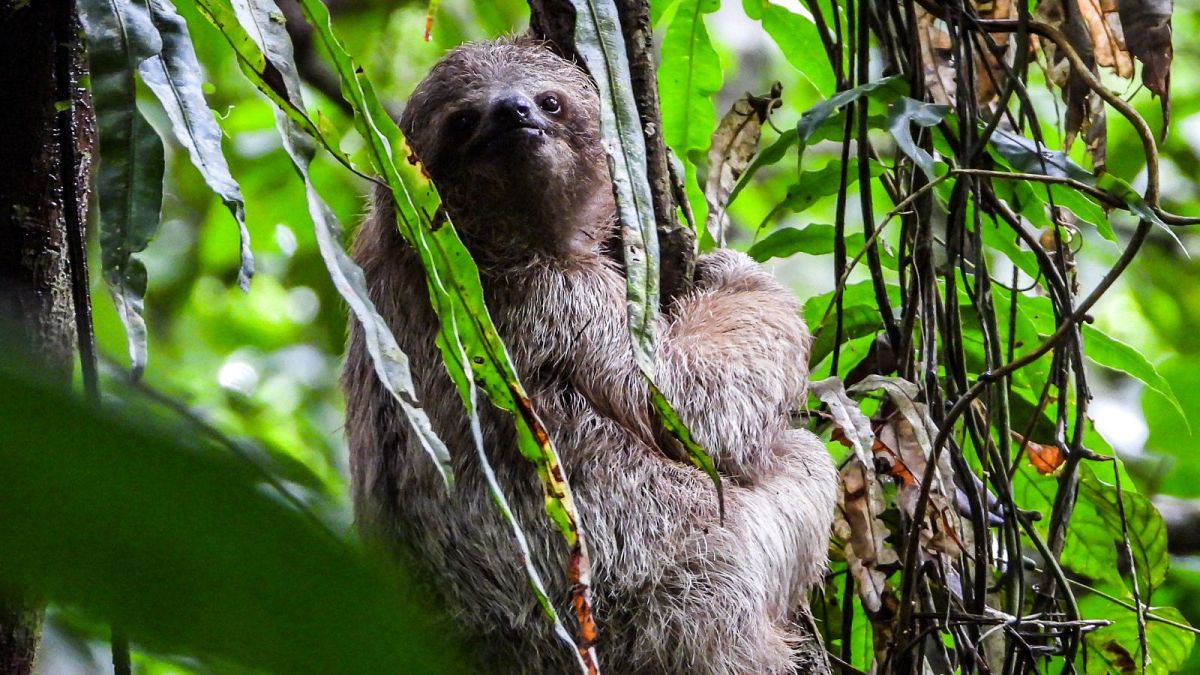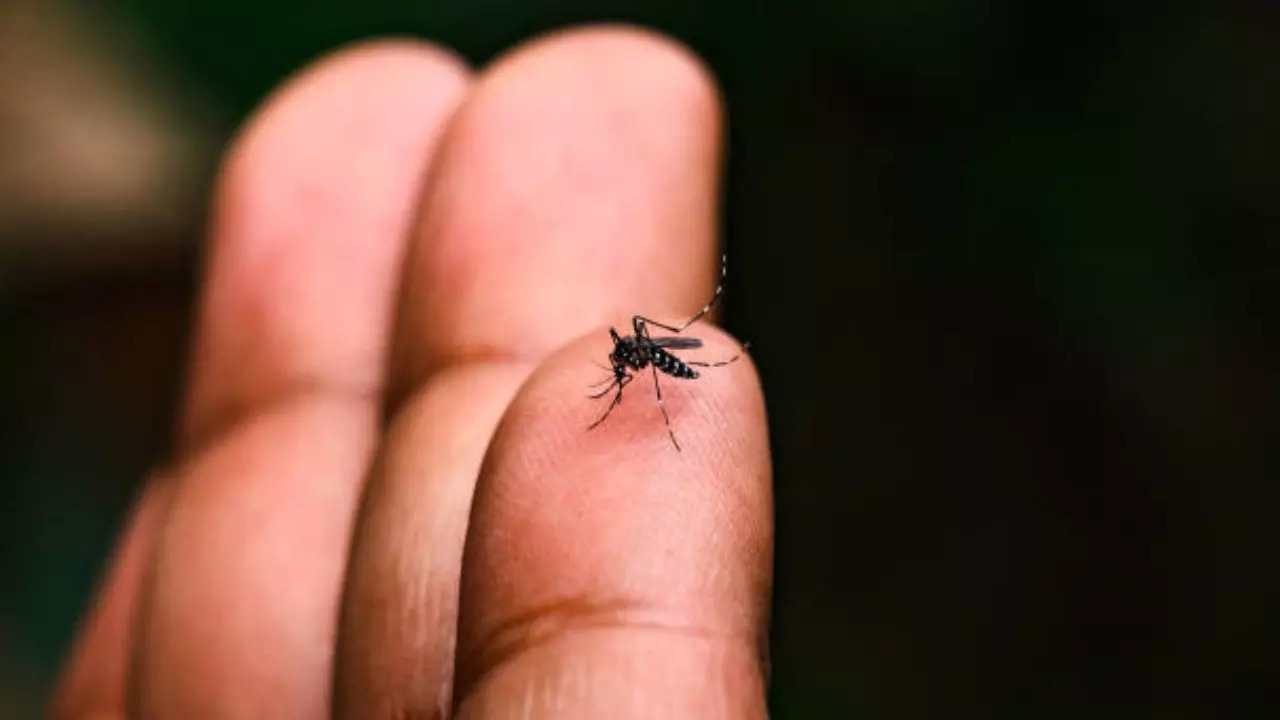Oropouche virus (Slot Fever) What You need to know : it's symptoms and what to do.
As of August 1, more than 8,000 Oropouche virus cases had been documented this year. Numerous travel-related cases have been documented in the US and Europe, although the majority have been in South America. Infections are also spreading to previously undiscovered nations.
The Pan American Health Organization has classified the Oropouche virus as a "high" public health risk in the Americas due to its geographic spread and the finding of more severe cases. The US Centers for Disease Control and Prevention has issued a health advice, asking healthcare professionals and public health officials to keep an eye out for new cases and advising pregnant women to avoid travel to impacted areas.
At least 21 American travelers returning from Cuba have tested positive for the virus.
What is Oropouche virus?
Oropouche virus, named after a Trinidad and Tobago hamlet, has been reported in around 500,000 instances since its discovery in 1955. The disease, labeled a "mysterious threat" by The Lancet medical magazine, affects approximately 60% of infected people and has symptoms comparable to dengue or Zika.
The symptoms are fever, chills, headache, muscular pain, joint stiffness, eye pain, light sensitivity, nausea, vomiting, diarrhea, exhaustion, and rash. In rare situations, the virus can infect the neurological system, resulting in meningitis and encephalitis. Although it comes from a different viral family than Zika, it causes similar worries and unknowns. Janet Hamilton, executive director of the Council of State and Territorial Epidemiologists, highlights the need for more understanding of the virus's life cycle and transmission cycle particularly in relation to pregnant individuals.
How does it spread?
People contract the virus by insect bites, particularly from biting midges, a small fly species, and some mosquito species.
The virus, sometimes referred to as "sloth fever," is native to the South American Amazon basin, especially in wooded places where it sustains a cycle between insects and various hosts like birds, rodents, and sloths. In nations where the virus is known to be prevalent as well as in new locations, it is spreading quickly; locally acquired cases have been documented in Bolivia, Brazil, Colombia, Cuba, and Peru.
The likelihood of the disease spreading has increased due to deforestation and climate change. The risk of sustained local transmission in the continental United States is low, according to Dr. Erin Staples, a medical epidemiologist with the CDC's Division of Vector-Borne Diseases; however, in locations like Puerto Rico and the US Virgin Islands, which have ecologies similar to Cuba, the risk is more uncertain.
How can people protect themselves?
Since there is no vaccination against the Oropouche virus or particular antiviral therapy, it is challenging to confirm cases in the lab. Often, a preliminary rule-out is necessary for common viruses such as dengue. Avoid being bitten by mosquitoes at dawn and dusk, wear proper clothing, and apply mosquito repellent.
The CDC has released travel recommendations for Cuba and South America, advising visitors to exercise "usual precautions" and seek medical attention as needed. Expectant mothers ought to exercise extra caution as well; the CDC advises against unnecessary travel to Cuba. Pregnant women are advised by experts to postpone visiting Cuba.



Comments
Post a Comment